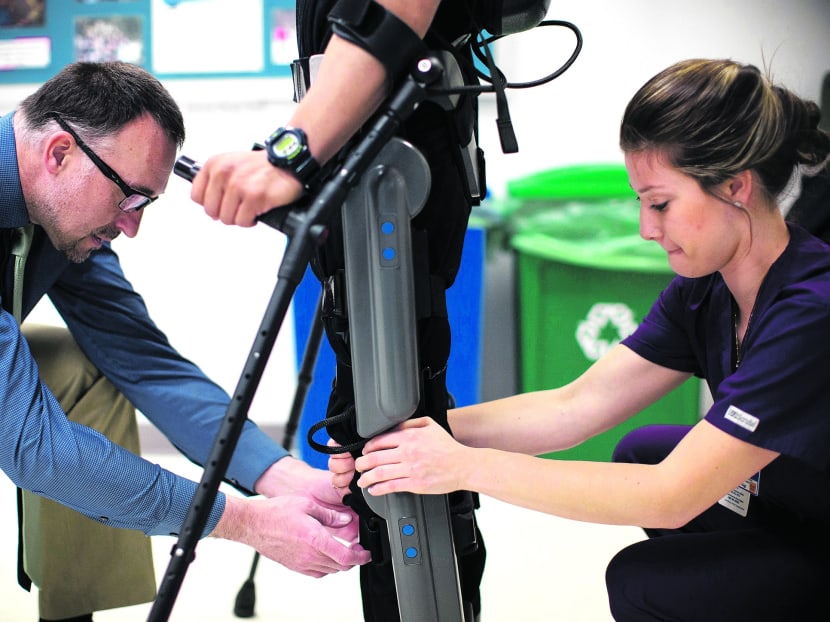Tough healthcare choices ahead for countries, warns economist
SINGAPORE — Hospitals should compete on quality of care and patient safety instead of technology, given the weak correlation between spending — a proxy for technology — and outcomes, as technology can “crowd out” factors that improve patient outcomes, such as diligence and a focus on safety.

New technologies tend to have a high fixed cost and low marginal cost, which can make it hard for doctors to manage costs as no trials may have been done for their patients, says Prof Chandra. Photo: Reuters
SINGAPORE — Hospitals should compete on quality of care and patient safety instead of technology, given the weak correlation between spending — a proxy for technology — and outcomes, as technology can “crowd out” factors that improve patient outcomes, such as diligence and a focus on safety.
While reforming healthcare delivery and pushing for disease prevention are important, hard choices facing countries in the future would be in figuring out how to pay for new costly technologies that would work for some patients but not others, said a Harvard University health economist yesterday at the inaugural Singapore Health Economics Association conference.
“At the end of the day, I think the question that we all have to concern ourselves with is not what percentage of gross domestic product we are going to spend on healthcare today; it’s what we are going to spend tomorrow. And it’s going to be higher because of the innovation that is happening in healthcare,” said Professor Amitabh Chandra, Director of Health Policy Research at the Harvard Kennedy School of Government, in a keynote address.
Countries, he said, face hard choices. “A new technology will be unleashed tomorrow and will work in some patients (but) not in many others, and will cost a fortune,” he said.
“And we’re going to have to figure out how to pay for that technology. Simply doing the delivery system and prevention reform — (which) I’m a big fan of and spend a lot of time talking about — is not enough to take on that challenge.”
New technologies tend to have a high fixed cost and low marginal cost, said Prof Chandra. They can make it difficult for doctors to manage costs as no trials may have been done for patients they are treating. Trials, often involving the most appropriate patients, are also expensive and take considerable time to complete.
Prof Chandra cited the case of angioplasty for heart-attack treatments, where a balloon catheter is inserted to widen a narrow or obstructed artery. A European study done more than a decade after doctors began using angioplasty in the United States found that the procedure, much costlier than treatment using drugs, resulted in much better outcomes for heart-attack patients rushed to the hospital.
It is of little benefit to patients whose heart attacks occurred days or weeks ago and those with stable coronary disease. Yet, in the US, the bulk of angioplasties are done on such patients, said Prof Chandra.
More recently, proton beam therapy has been increasingly used as treatment for prostate cancer despite the lack of evidence that it works, he added. A centre offering such therapy can cost more than S$100 million to set up, said reports.
About 240 participants, including academics, students and hospital administrators, attended yesterday’s conference, sponsored by the Singapore Management University, National University of Singapore and healthcare firm Abbott.






